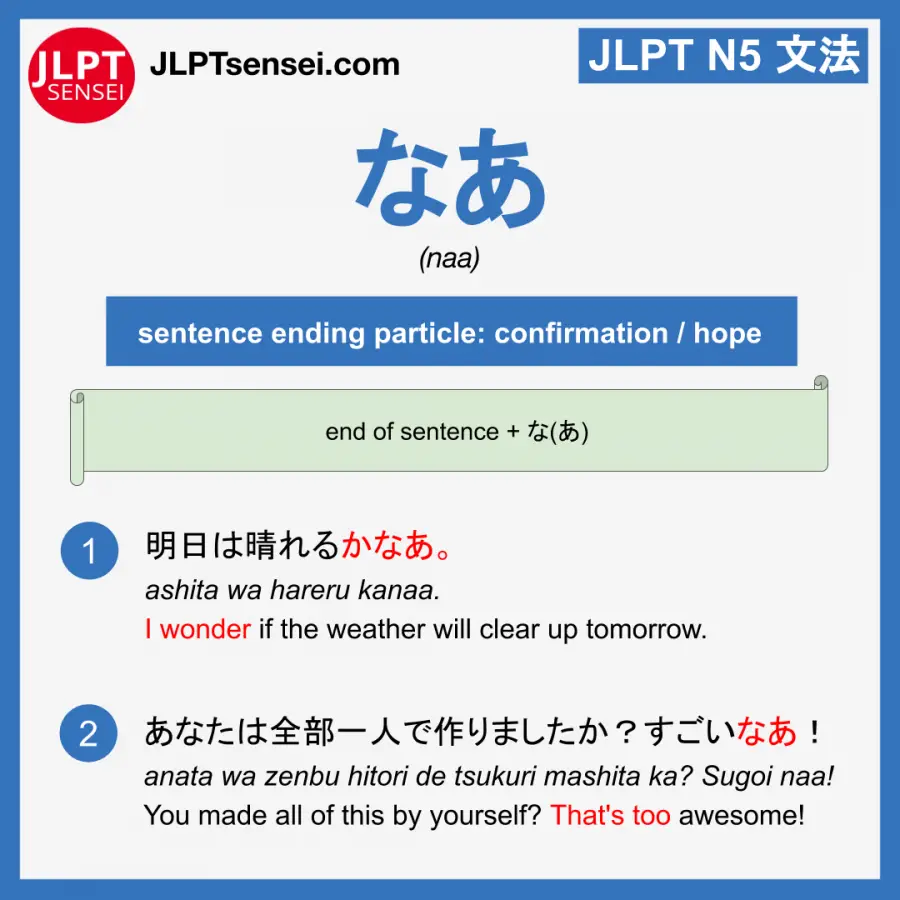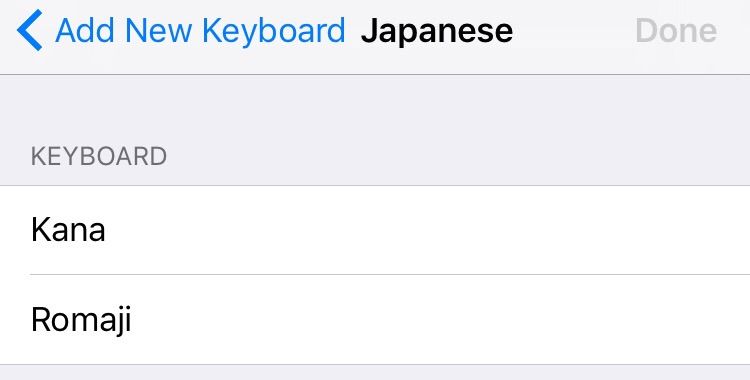


The kanji is rarely seen in casual conversation online but may at times present itself in books and other more modern written work, so while this kanji is slowly making its way out of the popular lexicon it should still be remembered to not only impress your Japanese friends but also improve your reading. When a situation is truly tiresome the word is usually further simplified to the more colloquial めんど、mendo, a powerful three-character word showing utter exhaustion at the situation at hand.

The first character in this word is pretty straightforward but the second 10-stroke character, 倒, can be a pain to write down even when typing. Meaning troublesome or tiresome 面倒くさい、read mendokusai, is usually shortened to the easier to write めんどくさい as the kanji is, ironically, too troublesome to write. Whether you are feeling お洒落, おしゃれ or, オシャレ knowing the difference between the three writings may be the difference during your next text conversation. While the kanji writing of stylish, in my opinion, looks more stylish, it’s also the writing preferred by the older generation, while the katakana and hiragana writings are seen as more hip and used by a much younger crowd. お洒落, read oshare, has been replaced with its katakana and hiragana versions of the word, オシャレ and おしゃれ, read the same way as the kanji. For lovers of coffee everywhere, learning to write this intricate kanji will not fail at impressing your Japanese friends and shows your passion for that oh-so-perfect giver of life – coffee. As the kanji is still somewhat used today it falls into the category of kanji that can be read but not written by a fair amount of Japanese people. The kanji is, unsurprisingly, frightfully harder to write than its katakana equivalent. While the kanji for Coffee, 珈琲 read ko-hí-, can still be found on stylish cafés around Japan, the kanji has been replaced by its sleeker katakana counterpart with the same reading, コーヒー. Here are a few interesting outdated kanji which you can use to impress your Japanese friends and boost your Japanese ability. While your Japanese friends will be impressed with your ability to write the kanji for “tea” at first, these grade school kanji aren’t going to impress anyone for long. For those who enjoy learning kanji, kanji can open a new world of books and movies, and makes traveling around Japan a breeze. With its three writing styles, Japanese can be a formidable language to learn, and while katakana and hiragana can be a relative walk in the park, the real hurdle comes with the dreaded third writing system- kanji.


 0 kommentar(er)
0 kommentar(er)
